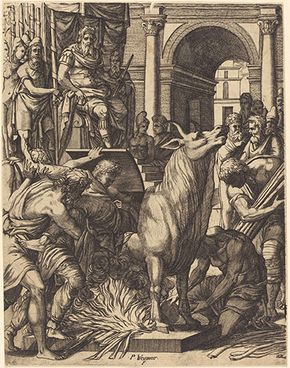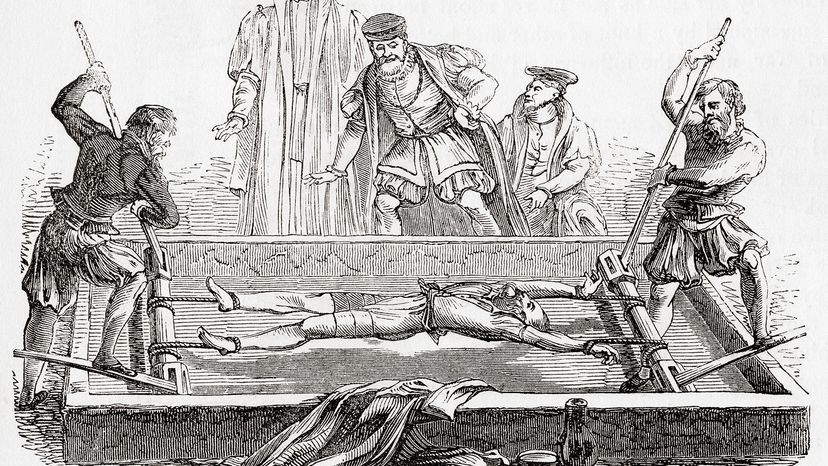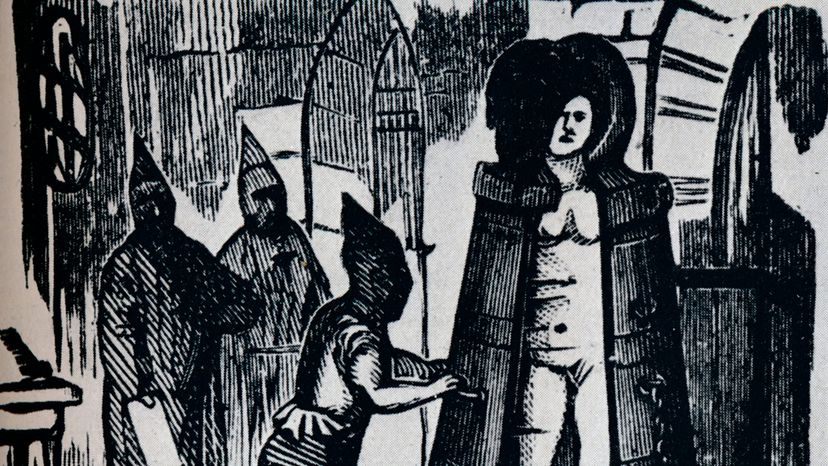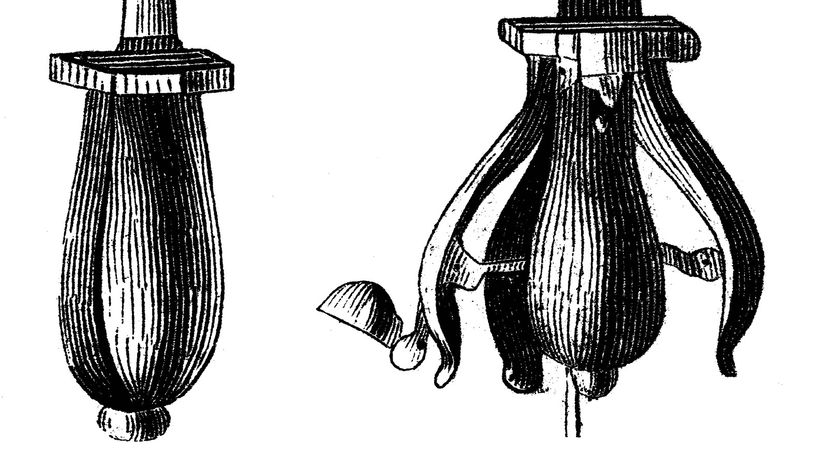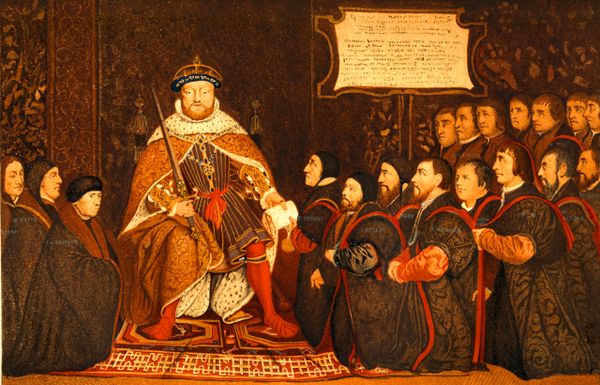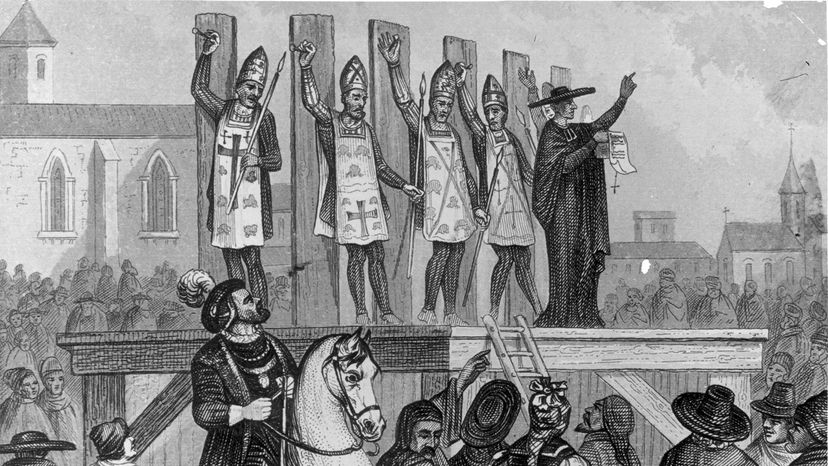
Key Takeaways
- Victims were sealed inside a bronze sculpture called the Brazen Bull that was heated until they died, their screams mimicking the bull's roar.
- The rack stretched the body until joints dislocated and was often combined with other tortures.
- The Iron Maiden was an enclosed sarcophagus with internal spikes that slowly impaled the victim.
The period known as the Middle Ages stands out as one of the most violent eras in history. This epoch, lasting roughly 1,000 years, from the fifth century to the 15th, was a time of great inequality and brutality in much of Europe.
What really sets this time apart is the ghoulish inventiveness that gave rise to a plethora of torture methods. There were many grounds for torture during the Middle Ages — religious fervor and criminal punishment come to mind — but why would a person take the time to invent a device designed to maim?
Advertisement
In his 1975 book "A History of Torture in England," L.A. Parry attempted to explain this bizarre phenomenon:
In this article, we will explore a collection of the most heinous medieval torture devices ever invented, starting with one whose inventor was probably sorry he came up with it.
